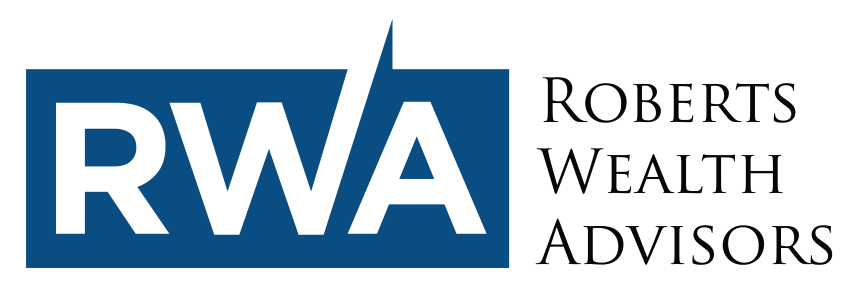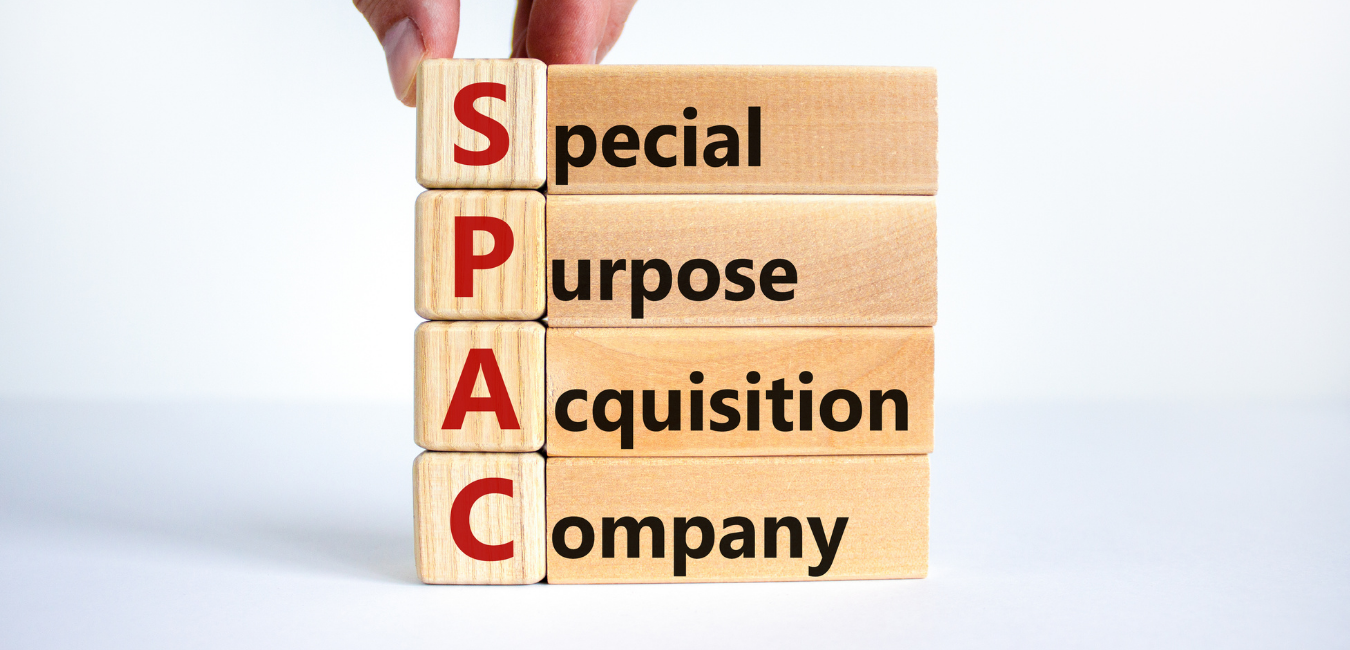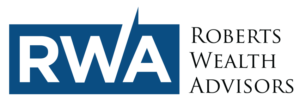3 MINUTE READ
Special purpose acquisition companies (SPAC) are publicly traded shells that are created solely to merge with privately held businesses, giving the acquired private business a ready-made listing without having to stage an initial public offering (IPO). SPACs have no commercial operations and have become known as “blank check companies” whose sole purpose is to make acquisitions, bypassing the traditional IPO process.
SPACs are often formed by investors with an industry target or even a specific company target in mind. Money is raised by the SPAC in an IPO and placed in an interest-bearing trust account. The creation of a SPAC allows for a publicly traded entity while avoiding the extensive disclosures necessary if an operating company were to itself go through the IPO process.
SPACs have existed since the early 1990s, but were typically used as a last resort for smaller companies to go public. The use of SPACs accelerated in 2020, with significant application in the 2nd half of the year. Goldman Sachs noted that, by mid-December, 219 SPACs had raised $73 billion in proceeds. The 462% increase from 2019 outpaced traditional IPOs, which themselves raised $67 billion in 2020.
Once money is raised in a SPAC, the money must be deployed within two years or the SPACs must return the money to their investors. This puts the SPAC managers on the clock which can lead to illconceived deals due to the time crunch.
There have been some recent high profile SPAC deals. Virgin Galactic, DraftKings, and Nikola Motor Co. all became publicly traded companies through a SPAC acquisition. These companies were attracted to the SPAC structure due to the inherent risk in the traditional IPO process being compounded by the pandemic.
The acceleration of money raised in SPAC investments by reputable investment teams, coupled with their high-profile use in 2020, suggests SPACs could continue to be a source of liquidity in 2021, building on the momentum of the last few years.




